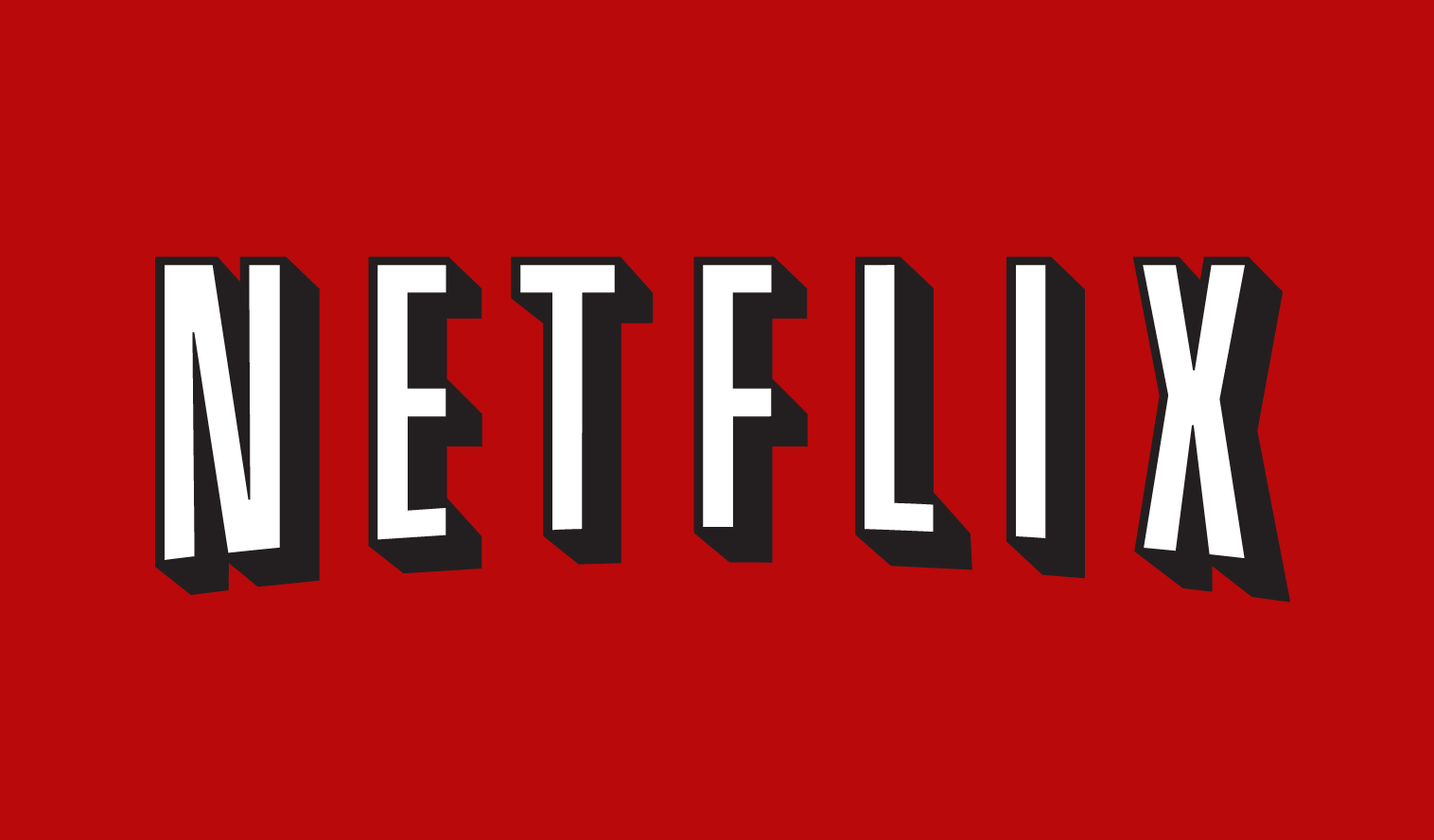
Television helped give our lives structure during the long days of lockdown, according to experts.
According to Ofcom, Scots spent an average of five hours and 46 minutes watching TV each day during April, at the height of the coronavirus quarantine, marking an 85-minute increase on the same time last year.
A study into the nation’s media habits also found people in the UK spent an average of 40% of their day watching TV and online video services, and more than half of households in Scotland now have a subscription to an on-demand streaming service as Netflix, Amazon Prime or NOW TV.
Dr Amy Holdsworth, head of film and television studies at the University of Glasgow, says she was unsurprised by the findings, and believes television provided many with a feeling of comfort and reassurance, as well as routine, while stuck indoors.
She explained: “We haven’t been able to experience media forms outside the home, so it’s had to come inside, including things like blockbuster cinema releases.
“Television still has that power to bring us together, too. It also gives structure and routine to people’s day, which is really important. Whether it’s babies watching CBeebies Bedtime Hour, an older person who’s at home all day, or a student taking a break from studying, television has been really important for people during lockdown.”
Ofcom’s Media Nations 2020 report also found a third of 55 to 64-year-olds, and 15% of people aged 65 or over, used subscription streaming services in the early weeks of lockdown – up from 25% and 12% respectively before the pandemic.
“It is great to see older people embracing online skills to use streaming services to watch television,” said Adam Stachura, Age Scotland’s head of policy.
“At the start of the year, around half a million over-60s in Scotland didn’t have access to the internet, however, we have heard growing numbers used lockdown to get more digitally engaged, perhaps helped by children or grandchildren, in order to stay in touch with family, friends and the outside world.”

Enjoy the convenience of having The Sunday Post delivered as a digital ePaper straight to your smartphone, tablet or computer.
Subscribe for only £5.49 a month and enjoy all the benefits of the printed paper as a digital replica.
Subscribe